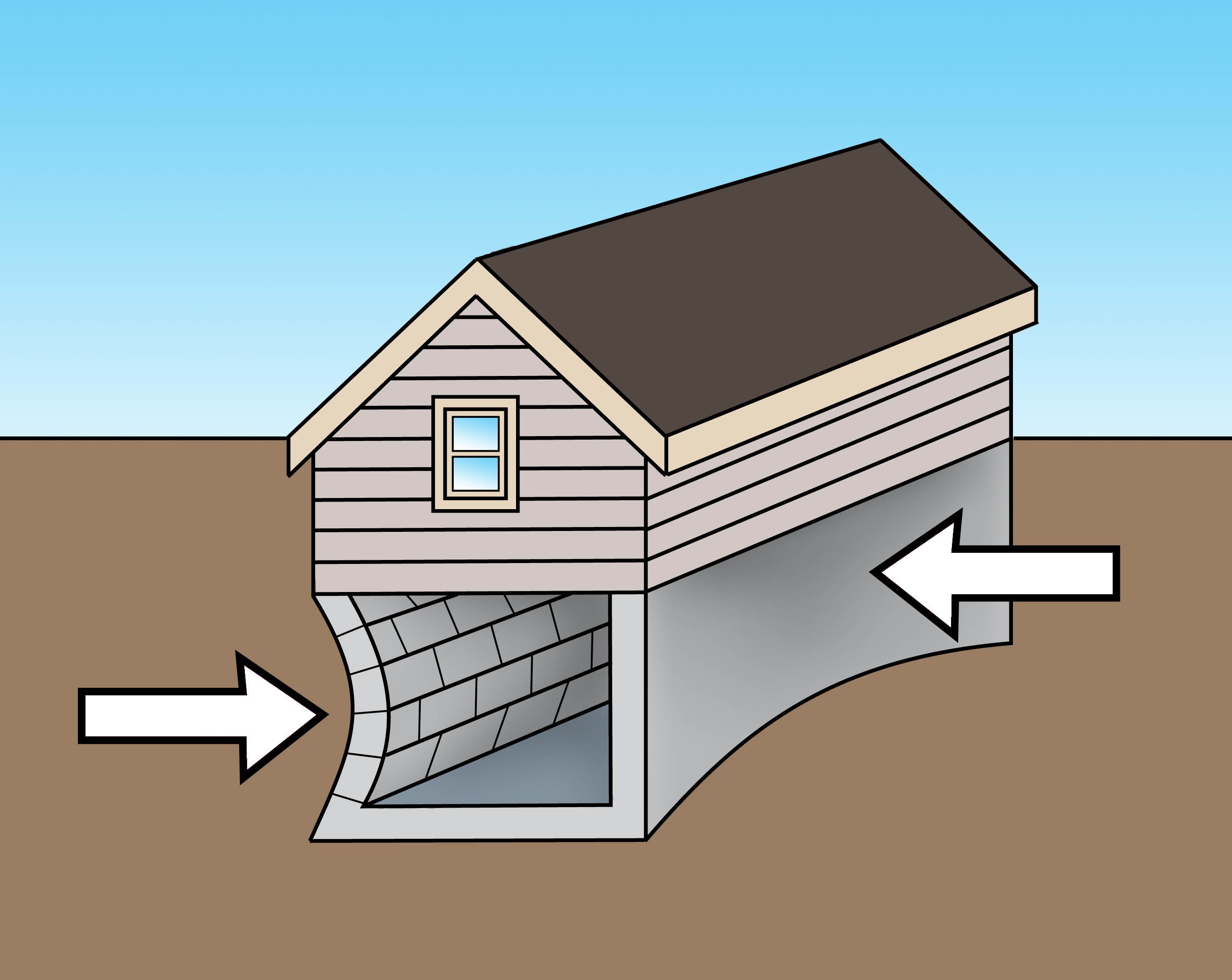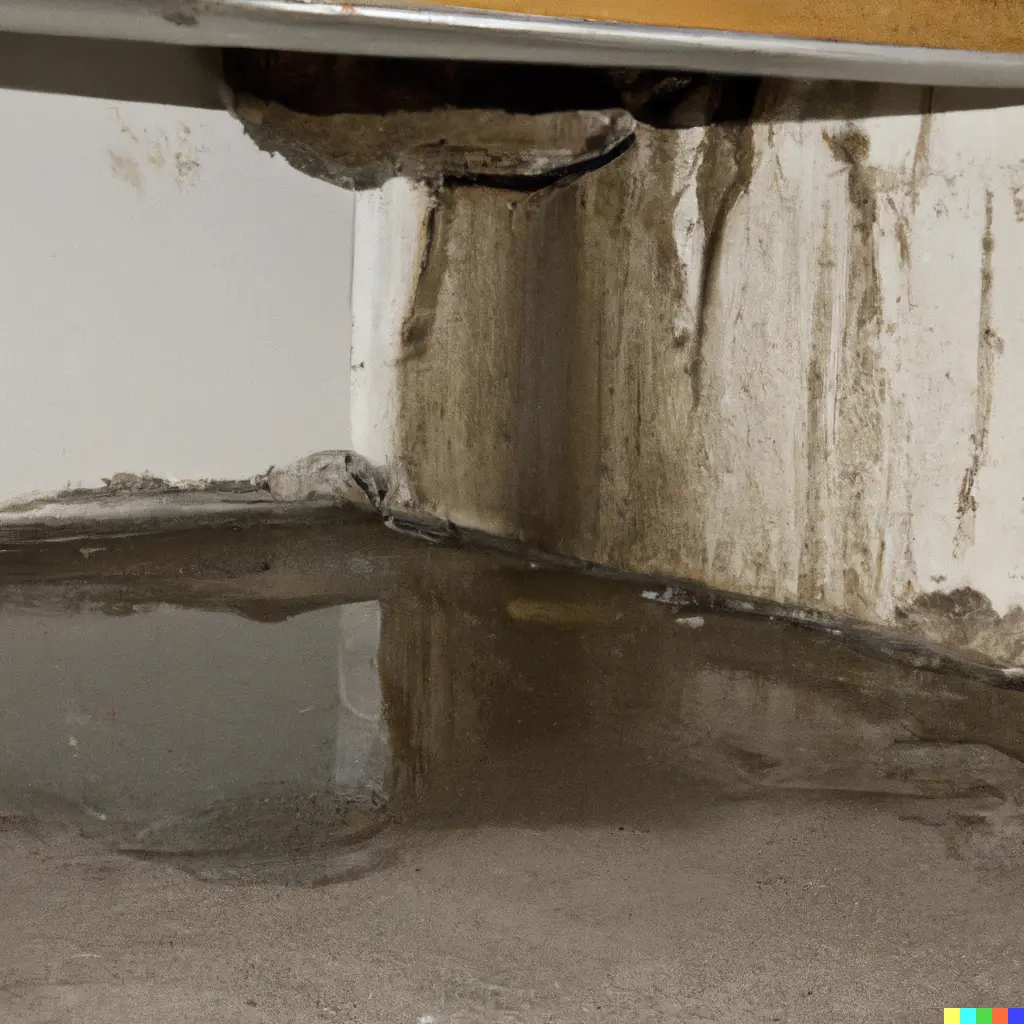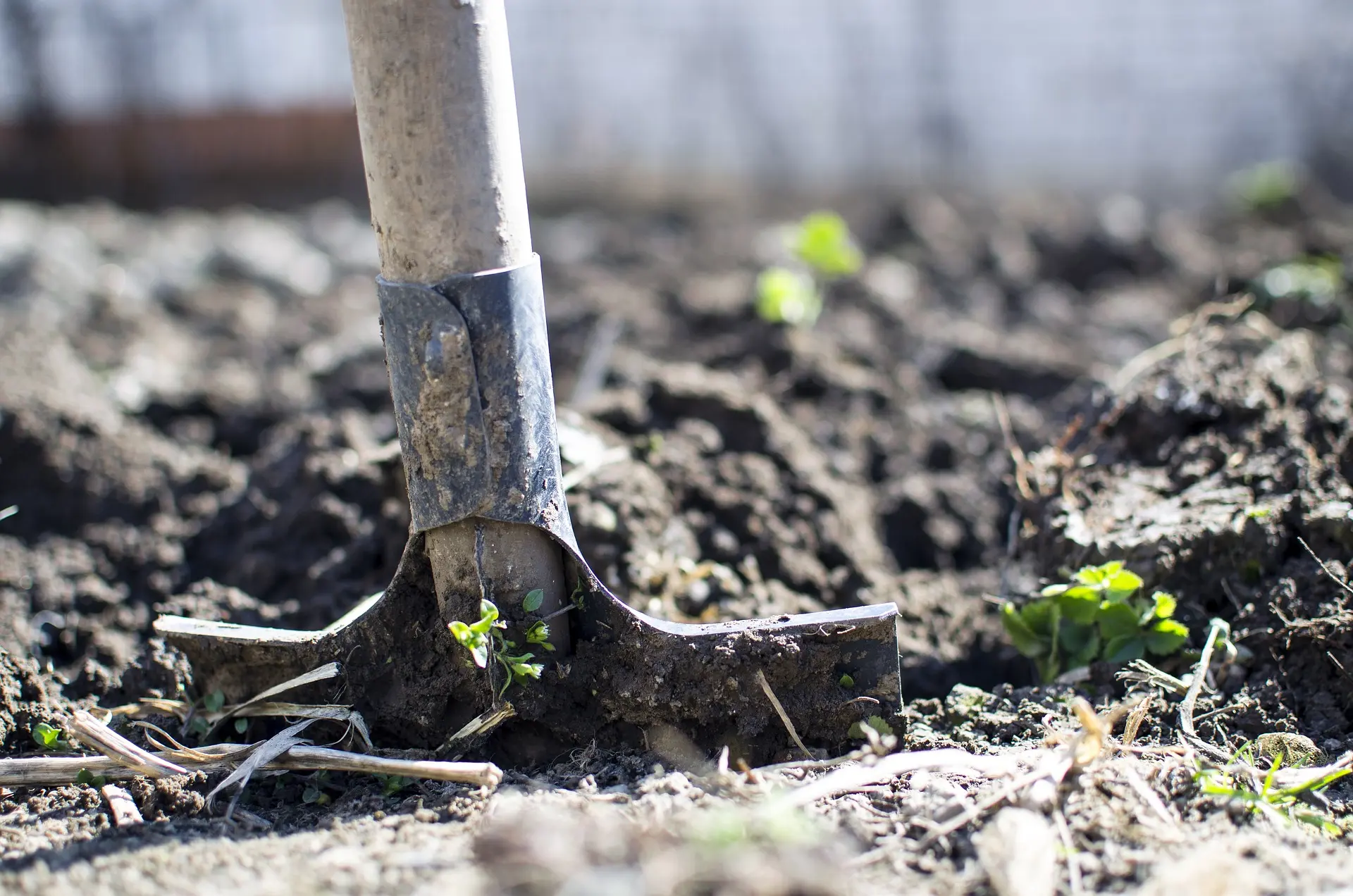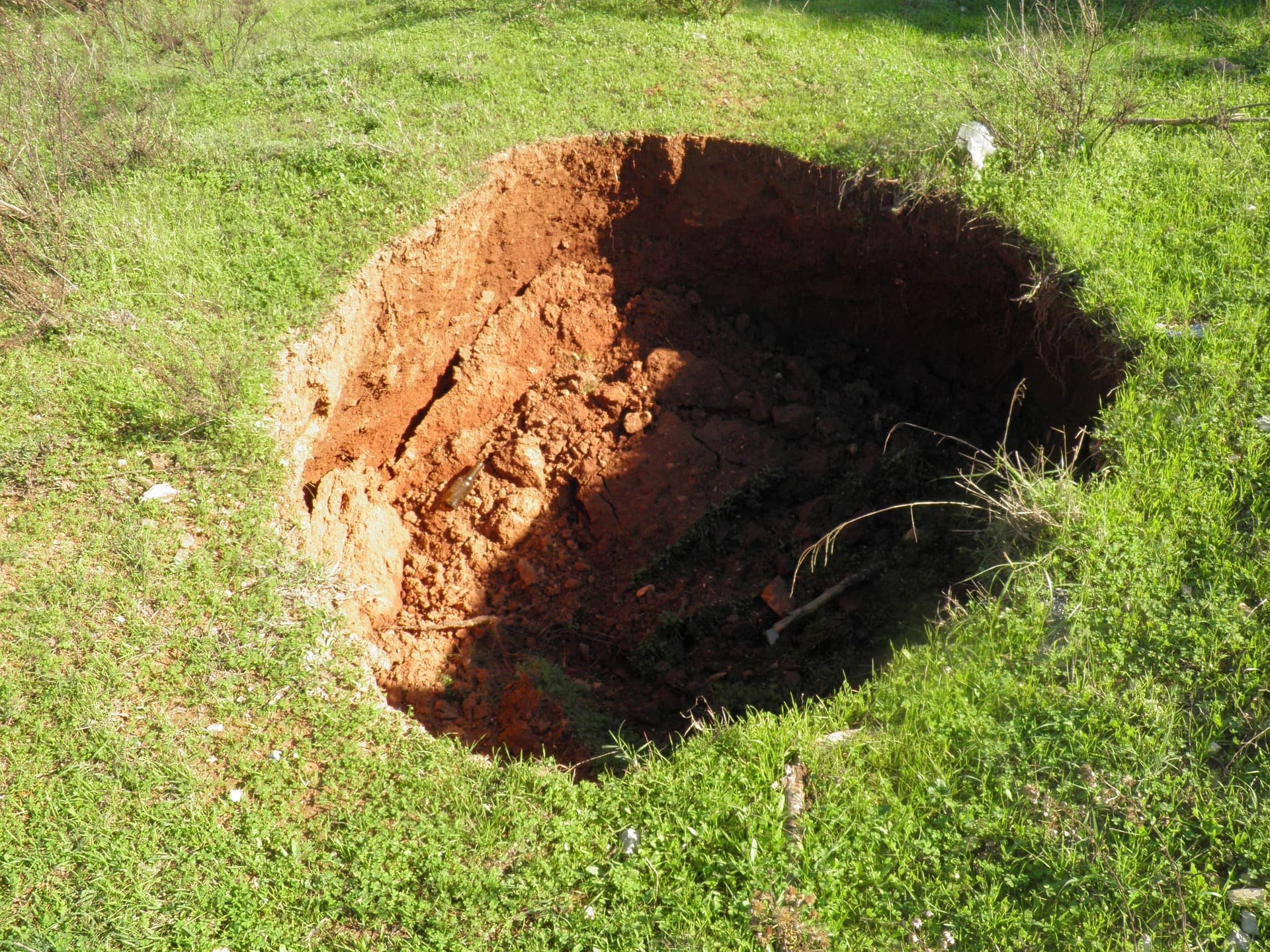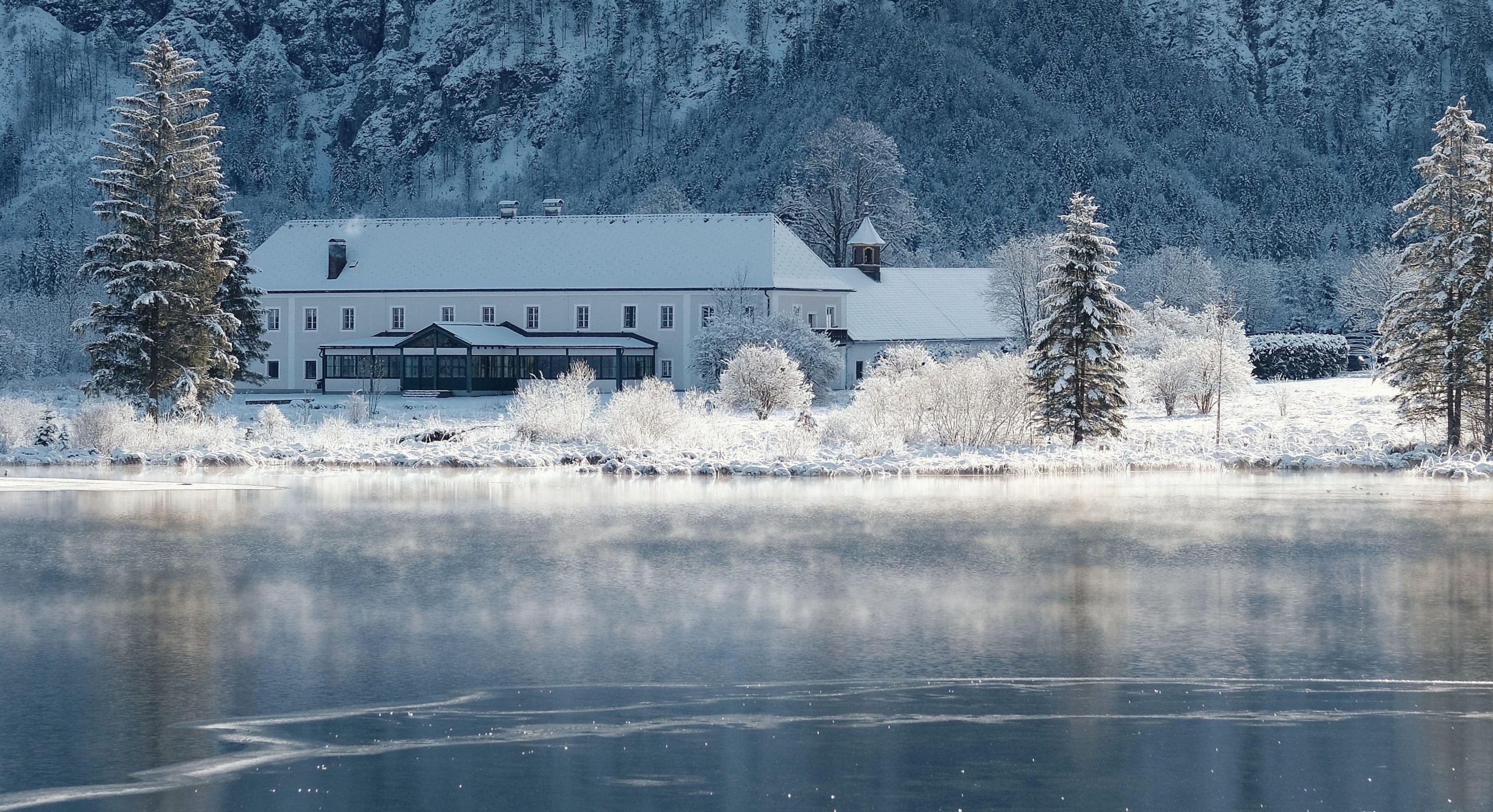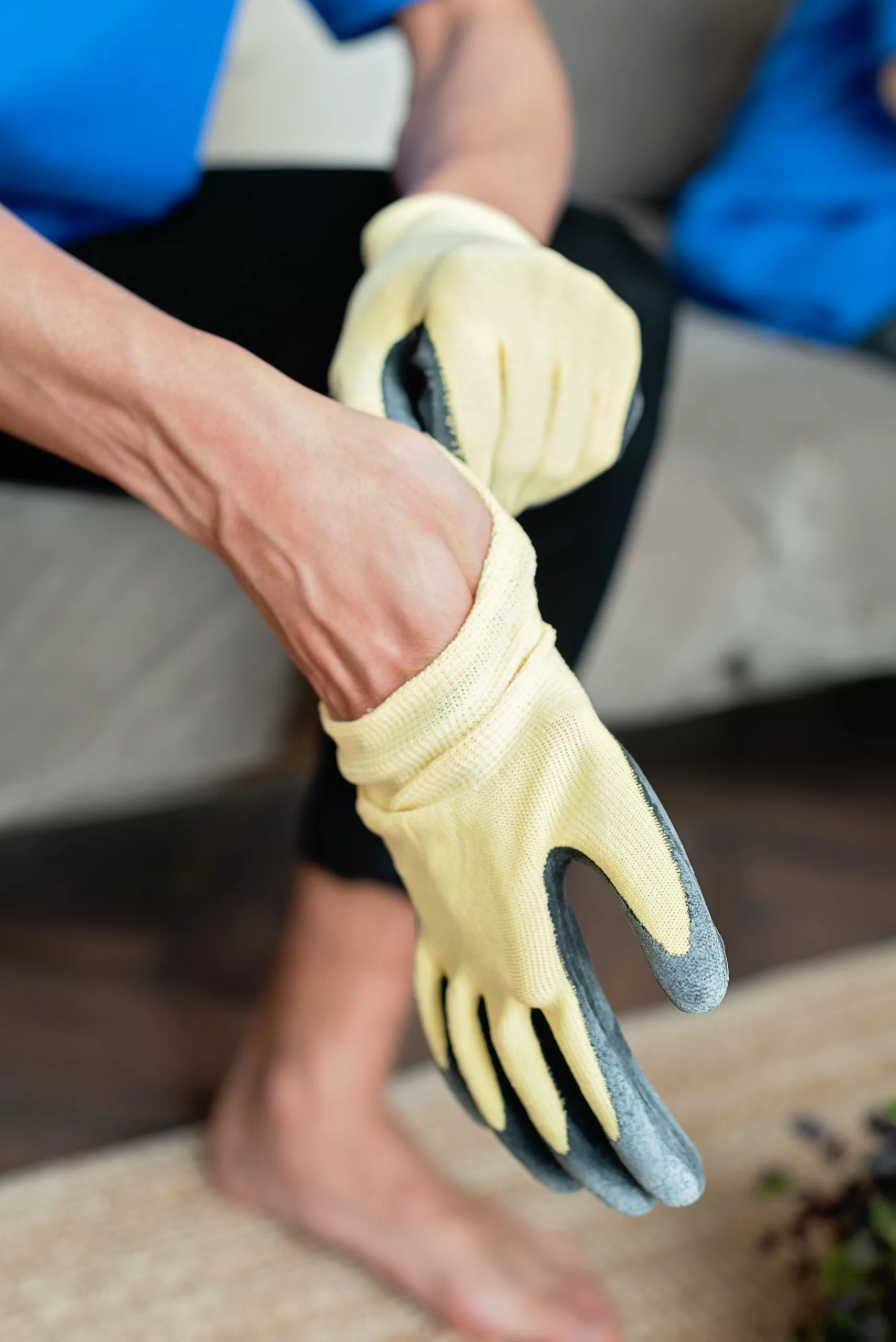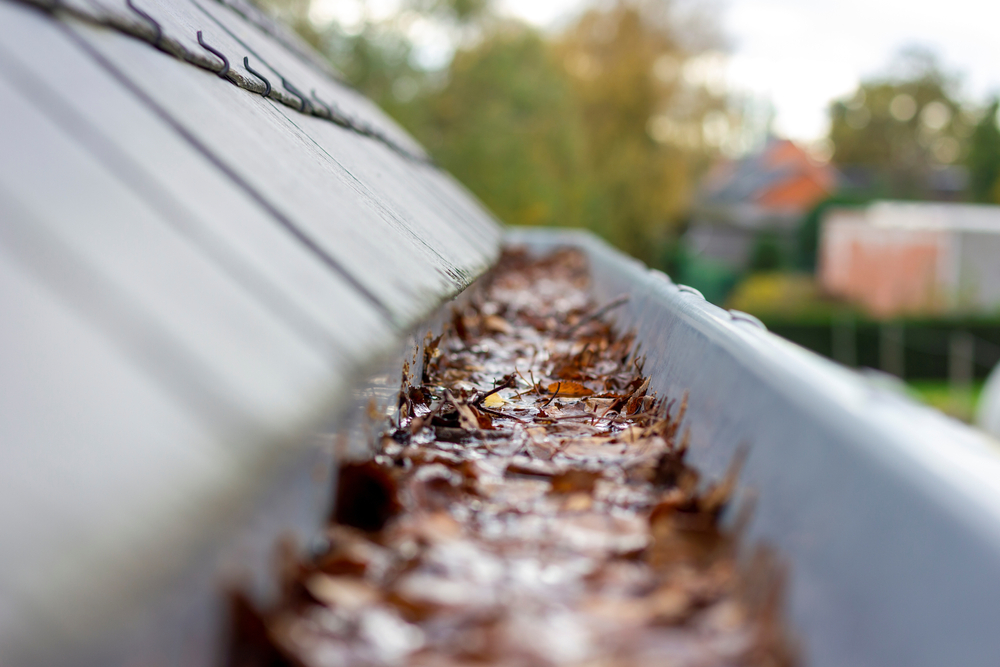We often come across homeowners who are concerned about their bowed walls. Bowing walls can be a significant issue, not just in terms of aesthetic appearance but also in terms of the structural stability of the building. If left untreated, bowing walls can lead to severe damage to your home and even pose a safety hazard to the residents. In this blog post, we will discuss the causes of bowed walls and some of the solutions available to repair them.
- Soil Pressure One of the primary causes of bowed walls is soil pressure. When the soil surrounding your foundation becomes overly saturated with water, it can put excessive pressure on your foundation walls. This increased pressure can cause the walls to bow inward, which can lead to cracks, shifts, and other structural issues.
- Poor Drainage Another common cause of bowed walls is poor drainage. If the soil around your foundation is not properly drained, water can accumulate and cause the soil to expand, putting more pressure on the walls. This can also cause the walls to bow inward, which can result in serious structural damage.
- Improper Backfill When your home is built, the soil around the foundation must be backfilled properly to provide adequate support. If the backfill is not done properly, it can result in soil settling and shifting, which can lead to bowed walls.
- Poor Quality Materials In some cases, bowed walls can be a result of poor-quality materials being used during construction. If the foundation walls are not made of high-quality materials, they may not be able to withstand the pressure from the soil and can bow inward over time.
- Structural Damage In some cases, bowed walls can be a result of structural damage caused by natural disasters, such as earthquakes, hurricanes, or tornadoes. Structural damage can cause the walls to bow inward and can result in serious structural issues.
Solutions for Bowed Walls
- Wall Reinforcement One of the solutions for bowed walls is wall reinforcement. This involves installing steel beams, wall anchors, or carbon fiber straps to reinforce the walls and prevent them from bowing any further.
- Foundation Stabilization Another solution for bowed walls is foundation stabilization. This involves stabilizing the foundation and soil around the walls to prevent further movement and bowing. This can be done by installing piers, underpinning, or other foundation stabilization methods.
- Water Management Proper water management can also help to prevent bowed walls. This involves installing proper drainage systems, such as a sump pump, French drain, or other water management systems to ensure that the soil around the foundation remains dry and free of excess moisture.
Conclusion
Bowed walls can be a significant issue for homeowners. If left untreated, they can result in serious structural damage and even pose a safety hazard to the residents. Understanding the causes of bowed walls and the available solutions can help you make informed decisions about repairing and protecting your home. If you are concerned about bowing walls in your home, it is important to contact a foundation repair professional for a thorough inspection and recommendations.

